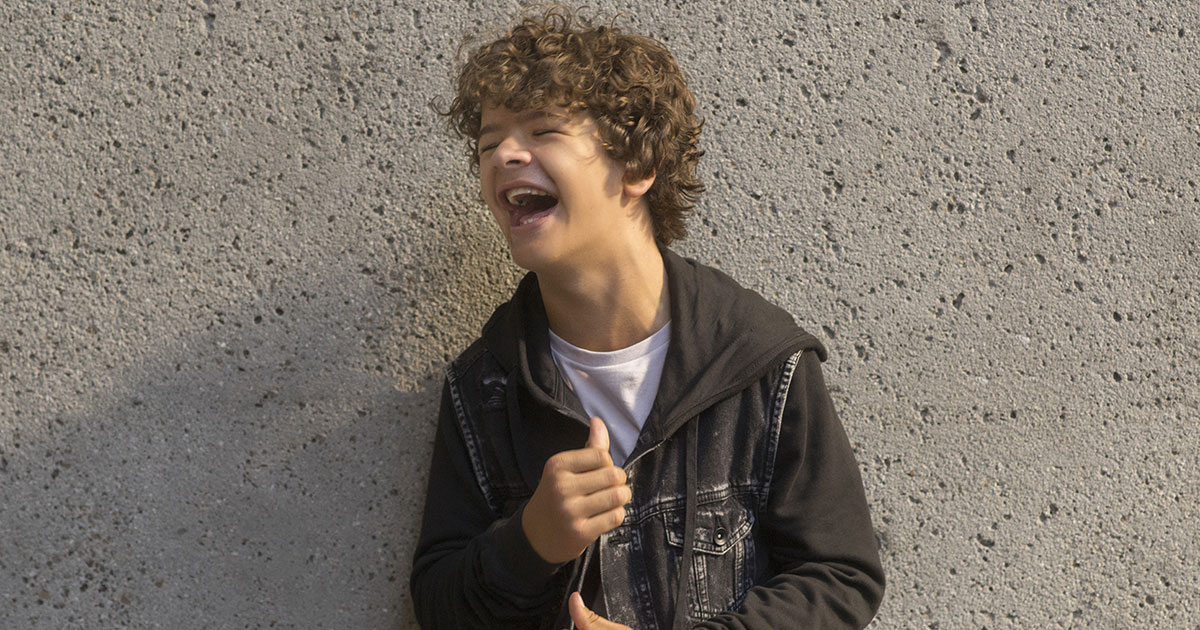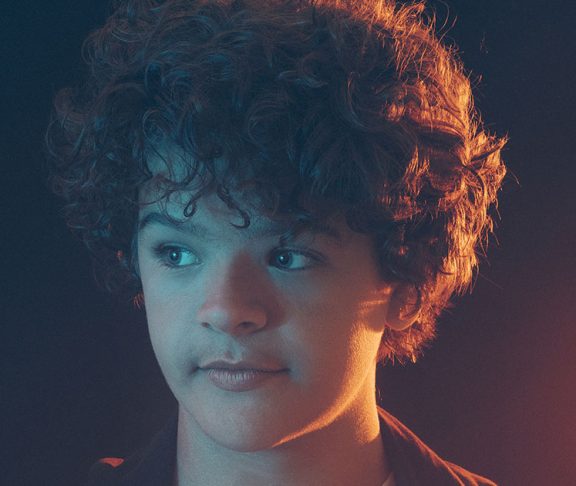Sometimes, the thing that makes you different can be the thing that makes you shine. If you want proof, look no further than Gaten Matarazzo, who for years struggled to land an acting role due to a rare condition, only to stand out in an audition for Netflix’s “Stranger Things” in part because of it.
Matarazzo, who plays the loveable nerd Dustin Henderson on the hit ’80s-nostalgic sci-fi thriller, lives with cleidocranial dysplasia (CCD), a rare condition that affects bone and teeth development.
“I did my best in the auditions, but it always came down to stuff I couldn’t control, and honestly, that was one of the most frustrating things on the planet,” said 16-year-old Matarazzo, who said he was turned down for roles due to his physical differences between ages 7-9. “I’m very, very grateful it did take as long as it did because people who do work with me [now] accept me and work with me even though I do have these differences in my voice and my stature.”
CCD on the small screen
According to the U.S. National Library of Medicine (NLM) Genetics Home Reference, people with CCD often have underdeveloped or absent collarbones and poorly developed skulls, and they are usually shorter than relatives of the same age. Brothers Ross and Matt Duffer, who created “Stranger Things,” wrote the condition into the role of
There’s a scene on the show where the character faces bullies who make fun of him for his teeth, which haven’t come in all the way. “Before they (the Duffer brothers) even wrote [the scene] in, they wanted to make sure I was comfortable and I am,” he said. “I always thought of it as a way to improve my character, so the minute they asked me, I said, ‘Yes.’”

CCD, which can run in families and is also called cleidocranial dysostosis, affects an estimated 1 in 1 million people, though the condition likely affects even more people because the severity of symptoms ranges so widely, notes the NLM. The condition can be hereditary, but many cases are spontaneous, meaning there’s no genetic link. Matarazzo said the condition doesn’t run in his family, and the majority of other people whom he’s met with the condition also have spontaneous cases of CCD.
Raising awareness of CCD
In 2018 Matarazzo attended the CCD Smiles Conference, where he met other individuals with CCD of various degrees of severity. The youngest person at the conference was 16 weeks old; the oldest was 85, Matarazzo said. It was the first time he ever met anyone with CCD.
With the third season of “Stranger Things” en route and a growing fan base, Matarazzo has no doubt helped raise awareness of CCD due to his sheer celebrity. He didn’t take issue with the idea of being the face of CCD, but was quick to point out that his case of the condition is not the norm. “Some people suffer a lot more,” said Matarazzo, who has a lisp and can make his shoulders touch in front due to his underdeveloped collarbone, but otherwise leads a relatively normal life.
“It’s not a fatal condition, but that doesn’t mean it doesn’t affect people’s lives negatively,” he said, explaining that some people need procedures such as dental, back or knee surgery in order to function well in daily life. With CCD Smiles, Matarazzo is hoping to raise awareness of CCD and aid people living with the condition get the health care they need. “Any help that the organization can get will help a lot of people,” he said.

